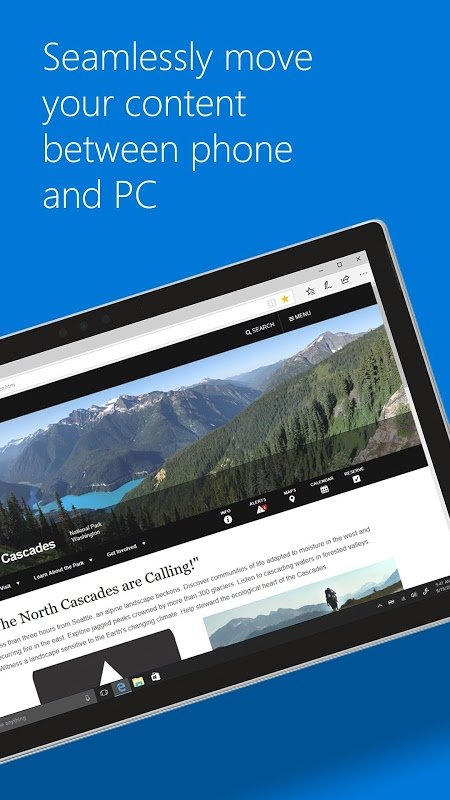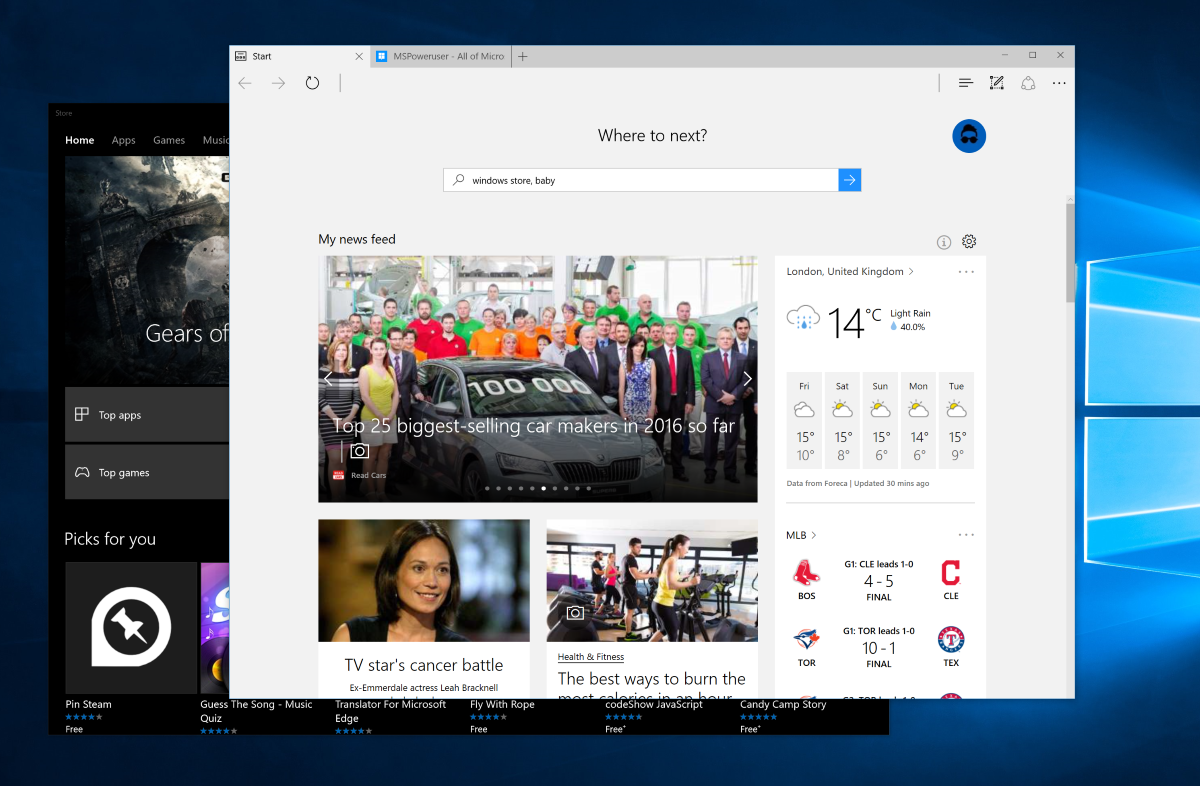

That means you’ve got to rely on various workarounds to stop ads on browsers such as Chrome for iOS. However, you need to download a third-party content blocker separately - while there are many on the App Store, the entire procedure can be rather confusing.įurther, Apple has much restricted ad blockers for third-party browsers on the App Store. IOS provides native support for ad blocking on Safari, which is a far cry from what Google does with Chrome on Android. Also, the ability to bookmark sites, add pages to the reading list, and access the Settings panel require little effort compared to Apple’s browser.

And rather than having to rely on the tab switcher solely like on Safari, it presents a super-easy way to open both new and InPrivate tabs. This is where things get interesting - Edge also has a dedicated browser menu. That’s a bit weird since Microsoft could always place it a bit lower. Oddly enough, Edge places it at the upper-right corner of the screen, which may pose problems when surfing single-handed. When it comes to accessing your bookmarks, reading list, and history, Safari provides the option to get there with a simple tap to the book-shaped icon located right next to the tab switcher. Navigation controls are conveniently located at the bottom of the screen on both browsers, with finely positioned tab switchers to allow ready access to shifting in-between tabs. It all depends on what you prefer - Safari’s slightly rounded curves to Edge’s hard edges (no pun intended). On the other hand, you can download and install Microsoft Edge from App Store, and clocks in at around 150MB.ĭownload Microsoft Edge User Interface and Navigationīoth web browsers feature crisp user interfaces albeit with slightly different aesthetics. Note: iOS tightly weaves Safari into the system such that you can’t remove or re-download it.


 0 kommentar(er)
0 kommentar(er)
